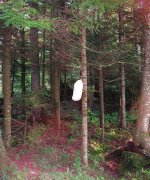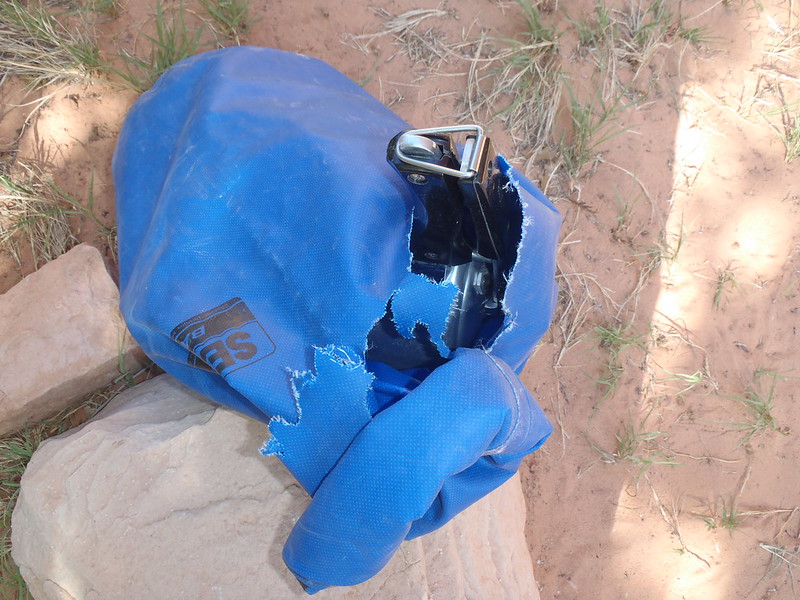- Joined
- Oct 11, 2020
- Messages
- 229
- Reaction score
- 361
What is your preferred method for protecting food from the elements, insects and animals while remote camping?
I simplify my menu and package snacks and meals in appropriate quantities for compact lightweight carry and convenient consumption. I seal the items in waterproof bags then place the bags into a food storage container in the order of intended use.
For many years I stored and transported my food in a soft sided bag or pack. I protected the food storage container by keeping it in my possession or hanging it. I was successful using this method but hanging was often difficult and the soft container was vulnerable to breaching insects and animals.
I continue to prepare snacks and meals in appropriate quantities and seal items in waterproof bags but I now transport and store the food in a hard sided bear resistant container.
I simplify my menu and package snacks and meals in appropriate quantities for compact lightweight carry and convenient consumption. I seal the items in waterproof bags then place the bags into a food storage container in the order of intended use.
For many years I stored and transported my food in a soft sided bag or pack. I protected the food storage container by keeping it in my possession or hanging it. I was successful using this method but hanging was often difficult and the soft container was vulnerable to breaching insects and animals.
I continue to prepare snacks and meals in appropriate quantities and seal items in waterproof bags but I now transport and store the food in a hard sided bear resistant container.





